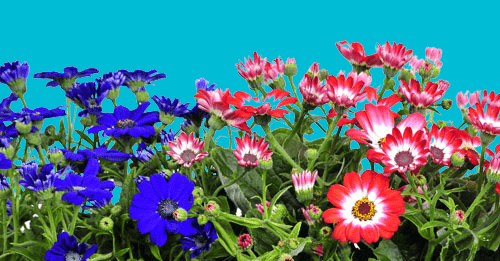The Latin name of the flower is Senecio cruentus. Family; asteraceae Naturally grown: Canary Islands Usage areas of the flower: It is in the group of Indoor and Seasonal Flowers. It is a plant that can be easily grown indoors, blooming between March and April. It has large hairy leaves in the shape of a heart. Its strikingly colored flowers bloom in bunches, single or multilayered. Flower’s Light Desire: It prefers bright but not direct sunlight.
How do you propagate cineraria?
What does cineraria flower mean? Temperature Requirement: The optimum temperature for plant growth is 12–18 oC. Soil Requirement: A mixture of loamy soil, peat and burnt manure can be used as potting soil. Irrigation: Plants should be watered during the flowering period. The potting soil should never be left completely dry. Fertilization: Fertilizing once every two weeks between January and March affects plant growth positively. Pruning: Dried, rotten leaves should be cut and removed. Production: It is produced by seed.

Diseases and Pests: Major diseases are virus, root rot, wilt, powdery mildew, gray mold and leaf spot; pests are red spiders, thrips, aphids and whitefly.
Senecio cruentus
The leaves are large and have toothed edges. The daisy-like flowers come in many different colors. There are different types in nature. For example, some species are like ivy and have chickpea-sized tubers on them. (Senecio rowleyanus) Another species has a leaf structure resembling Hedera. (Senecio macroglossus) It is a plant that likes bright and cool environments. The soil should be watered so that it remains constantly moist. It is a plant that does not require special care. Its production is done by seed, while other types are produced by the separation method. Repotting should be done in the spring when needed.
